
For many people in the late 70s with not much money there
was little choice for their own home computer. They could either shell out on
something like the Tandy TRS80, Commodore PET et al, or they could opt for their
own home-built machine. All of the home-made machines of the day were programmed
in Hex, only had a hex display and you had to be really dedicated to work out
what you were doing - machines like the Science of Cambridge MK14, Acorn System
1, AIM65, MOS KIM-1, Softy, Edukit etc were the domain of late 70s propellerheads
:) (See the Adverts page for ads for nearly all of those machines)
Enter one Dr. Anthony A Berk (designer
of the Edukit) with his slight redesign and disassembly of the Ohio Scientific
Superboard, a 6502-based single board computer that he UK-ified and broke down
into modules that could be presented as monthly articles in Practical Electronics
magazine from August to November 1979. The UK101 featured a VDU display, Microsoft
BASIC, cassette interface, good character set, full ASCII keyboard, and you
could just buy the kit and solder it together yourself.
At least one case and several add-on modules were produced,
ranging from EPROM burners to colour video, extra RAM, sound modules based on
the ubiquitous AY-3-8910 chip and other interfaces....all of which were fully
described in PE and some of which can be seen in the pictures below. In the
links section at the bottom is the very advert that Keith Raven
used to buy the orange case you can see in the pictures. Thanks for the machines
Keith!
*update* Jan 2002. With the help of an electronics expert
who told me to make sure shift-lock was DOWN and a visual expert (me) to see
that pin 1 of the first BASIC ROM was bent I now have a fully working naked
UK101 - pix at the bottom. With the help of said electronics expert and my trusty
logic probe I've also got the 2nd one going after robbing RAM chips....aaah,
8K for BASIC programs....those were the days.
Pictures
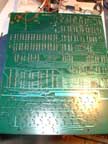 |  |  | 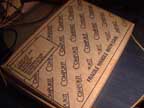 |
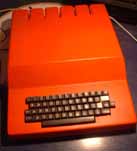 |  | 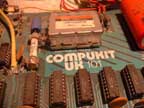 |  |
 |  | 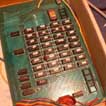 |  |
 | 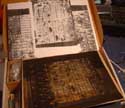 |  | 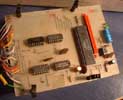 |
 |  |  | 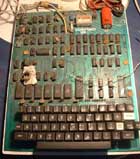 |
Related Links
Orange Compukit case, only £27! Woo!